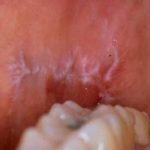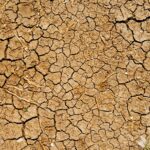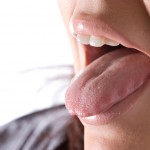
This review of the prevalence of autoimmune disorders in patients with oral lichen planus (OLP) and their magnitude of association included 153 studies. while links between autoimmune thyroid diseases and diabetes mellitus where shown a majority of the included studies were of low quality.
[read the full story...]


